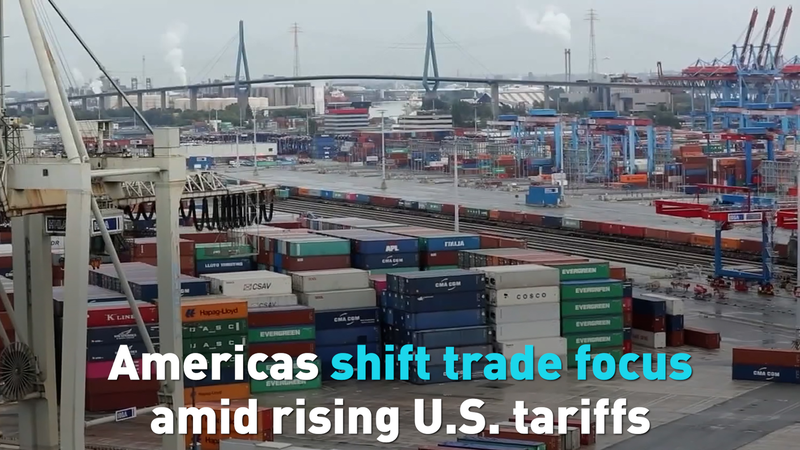Across the Americas, rising U.S. tariffs are reshaping decades-old trade patterns. While many nations now face a standard 10% reciprocal levy, some exports have been hit with significantly higher rates, pushing economies to explore fresh markets.
In Mexico, manufacturers are redirecting supply chains toward the European Union and the Chinese mainland, signaling a shift from traditional routes. Meanwhile, Brazilian agribusiness is solidifying ties with Middle East buyers, and Chilean fruit growers are eyeing ASEAN markets to offset higher duties.
Data shows that trade volumes with non-U.S. partners in the region rose by over 8% in the past year. Colombia and Peru have signed new bilateral agreements across Latin America, boosting intra-regional commerce and reducing reliance on tariffs-heavy routes.
For businesses and young entrepreneurs, the pivot offers both challenges and opportunities. Rising logistics costs and foreign exchange volatility remain hurdles, but accessing diverse markets can fuel innovation and sustainability.
As global citizens, these shifts underscore the power of agility in a complex trade environment. By breaking traditional molds, Americas economies are forging resilient, multi-polar partnerships that promise long-term growth and stability.
Reference(s):
cgtn.com




